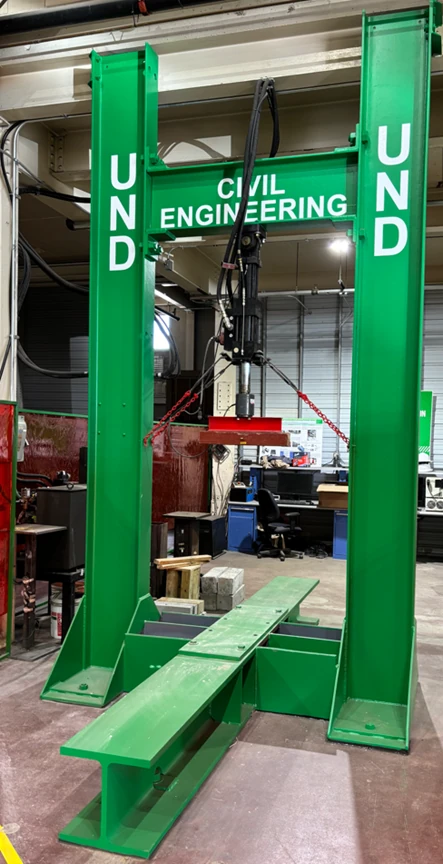Facilities & Equipment
Our vision is to make a meaningful contribution to safety and durability of transportation infrastructure in the region through autonomy.
ATIC Facilities & Equipment
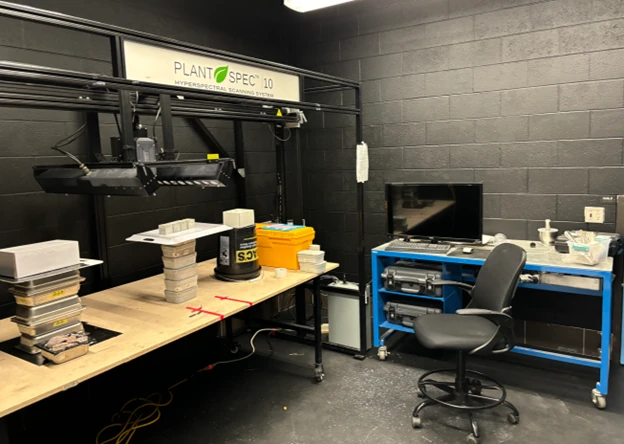
Hyperspectral Imaging System
Combining imagery and spectroscopy, hyperspectral cameras capture light reflectance at thousands of wavelengths, resembled in the camera spectral resolution. The amount of light reflectance changes when material type or state or quality changes. HSI is chiefly developed for biological, earth observation, and Environmental monitoring applications. Its potential as a noncontact structural condition assessment tool is being investigated by ATIC.
The light reflectance and its applications in infrastructure preservation. The technology provides the opportunity to be integrated into Uncrewed Autonomous Systems (UAS).
Near-Infrared (NIR) and Visual Near-Infrared (VNIR) Sensing
- NIR covers wavelengths from 1000nm-1700nm.
- VNIR covers wavelengths from 400nm-1000nm.
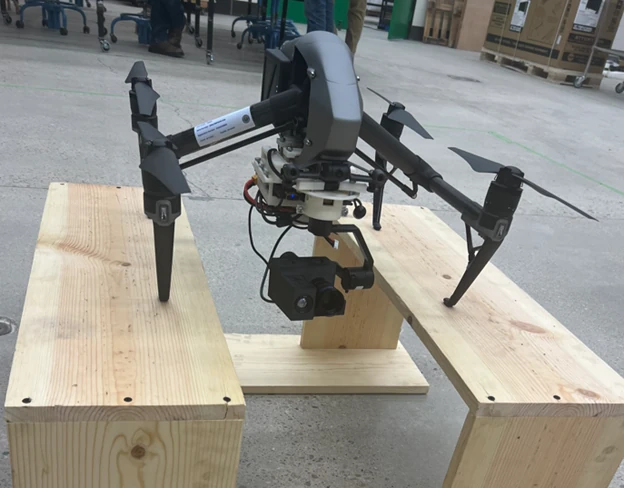
Unmanned Aircraft Systems
Unmanned Aircraft Systems (UAS) provide a unique opportunity in the Civil Engineering space. They provide an excellent platform with many capabilities including inspection, monitoring, and measurements.
Our Aircraft:
- DJI Inspire 2
- DJI Phantom 4 Pro
- Autel EVO II
- Bwine MINI
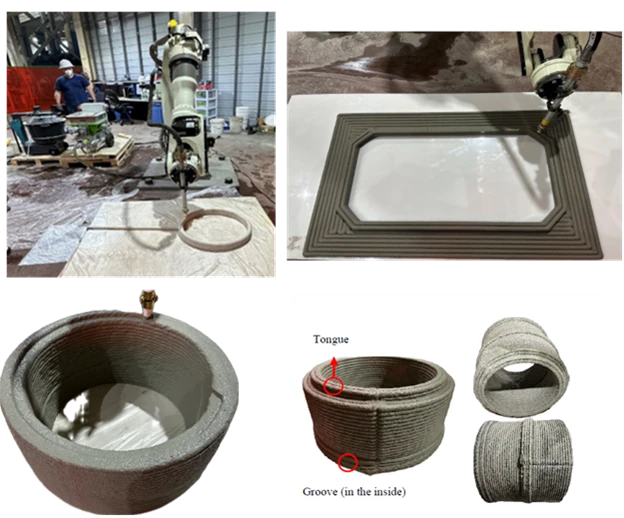
Concrete 3D Printer
Our concrete 3D printer is located at UND’s off campus research facility. It is a system comprised of several independent mechanical components and software that have been developed and integrated into one cohesive operating unit.
Most other systems come fully integrated with their own robotics, mixers, pumps, and operating software, but ours was built from the ground up independently by our talented researchers.
System Mechanical Components
- Colomix Concrete Mortar Mixer
- MAI 2pump LYRA Concrete Mortar Pump
- Kawasaki BX130X Robotic Arm
System Software Components
- AutoCAD
- Rhino
- Grasshopper
- RoboDK
- KRTerm
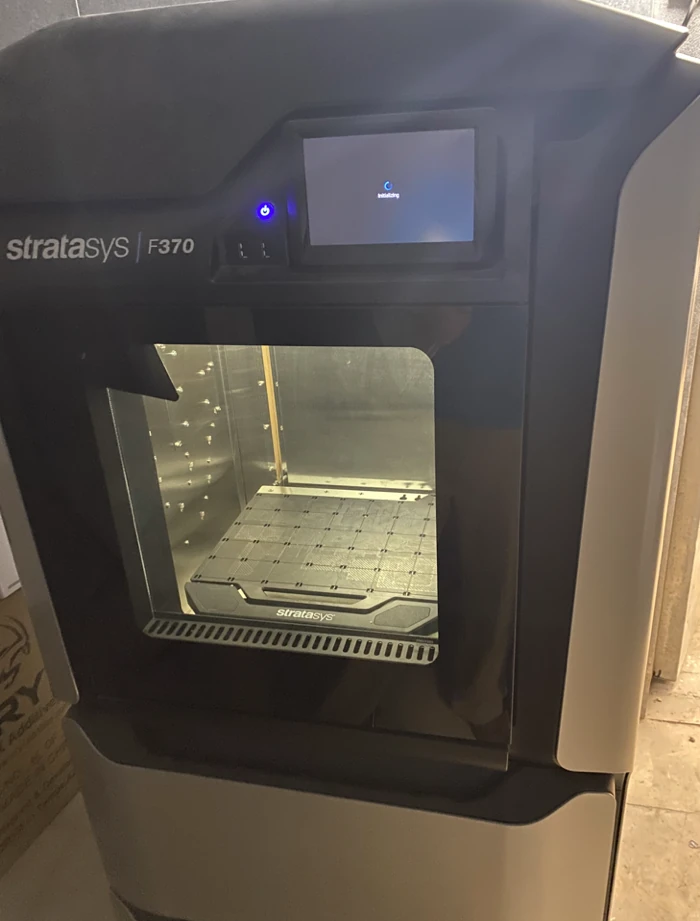
Composite 3D Printer
Our composite 3D printer is a Stratasys F370. It can print with typical 3DP plastics like ABS and is also capable of printing flexible material like TPU. Models can be created using any CAD or modeling software, so long as the models can be saved as .stl files. The .stl files are then imported into a slicing software called GrabCAD Print. This is where things like fill, orientation, and materials are specified for the print.
When everything has been set up the file (now a .cmb.gz file) can be loaded into the printer and printed! It boasts the following features:
- Build area of 14x10x14 inches (356x254x256mm)
- 2 material bays with 1 model material and 1 support material slot each
- Touchscreen GUI
The MTS is a hydraulic test stand capable of delivering 20 kips of pressure or tension. It is used to test concrete 3D printed samples.
